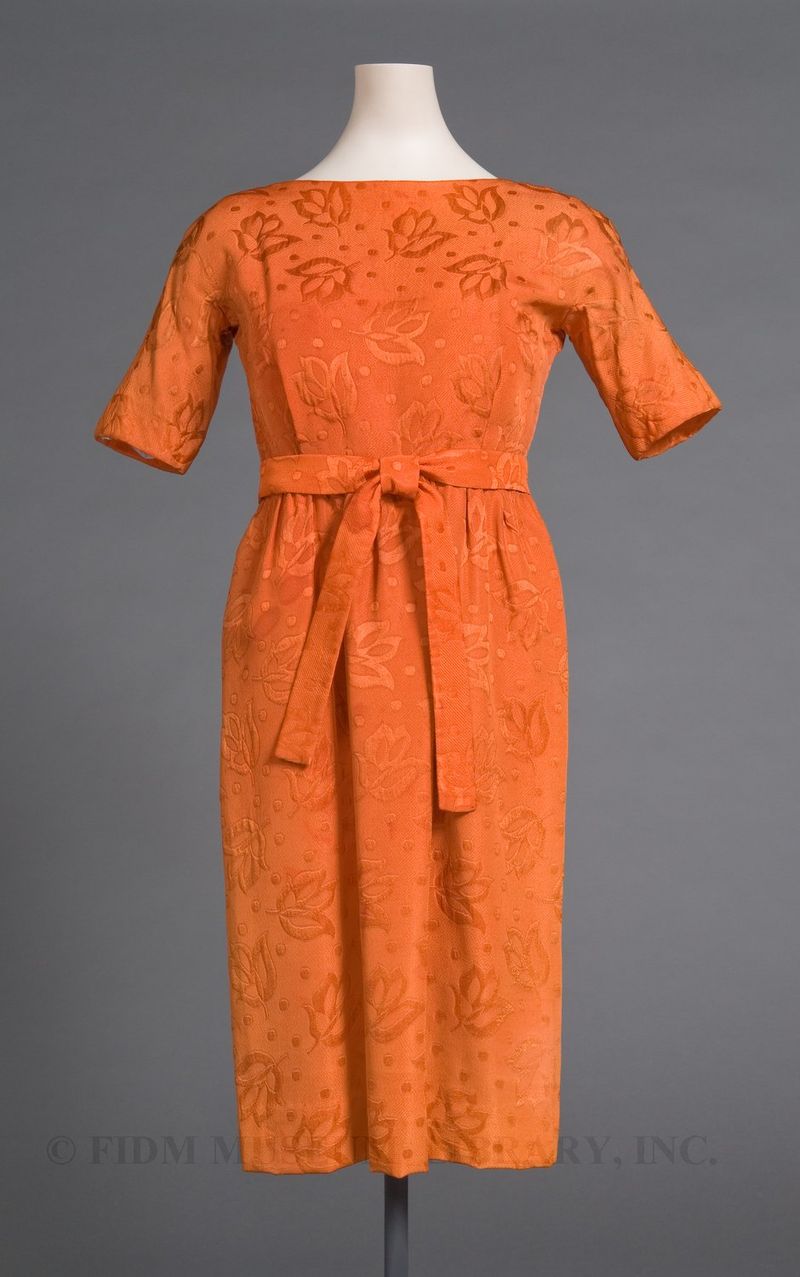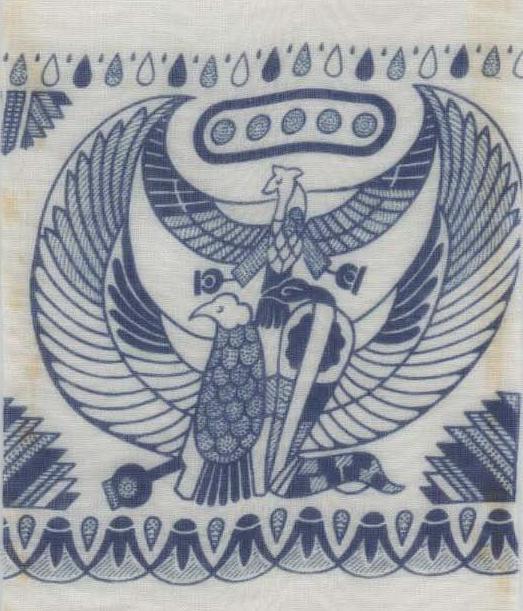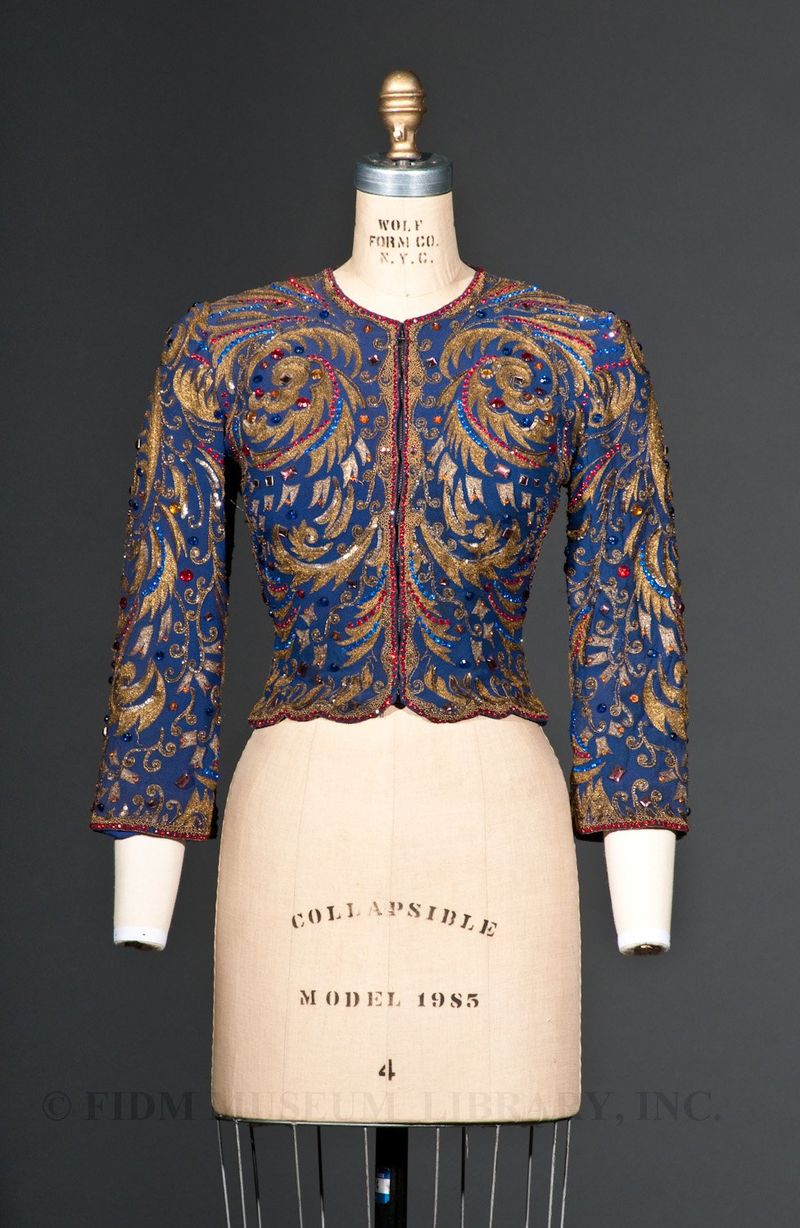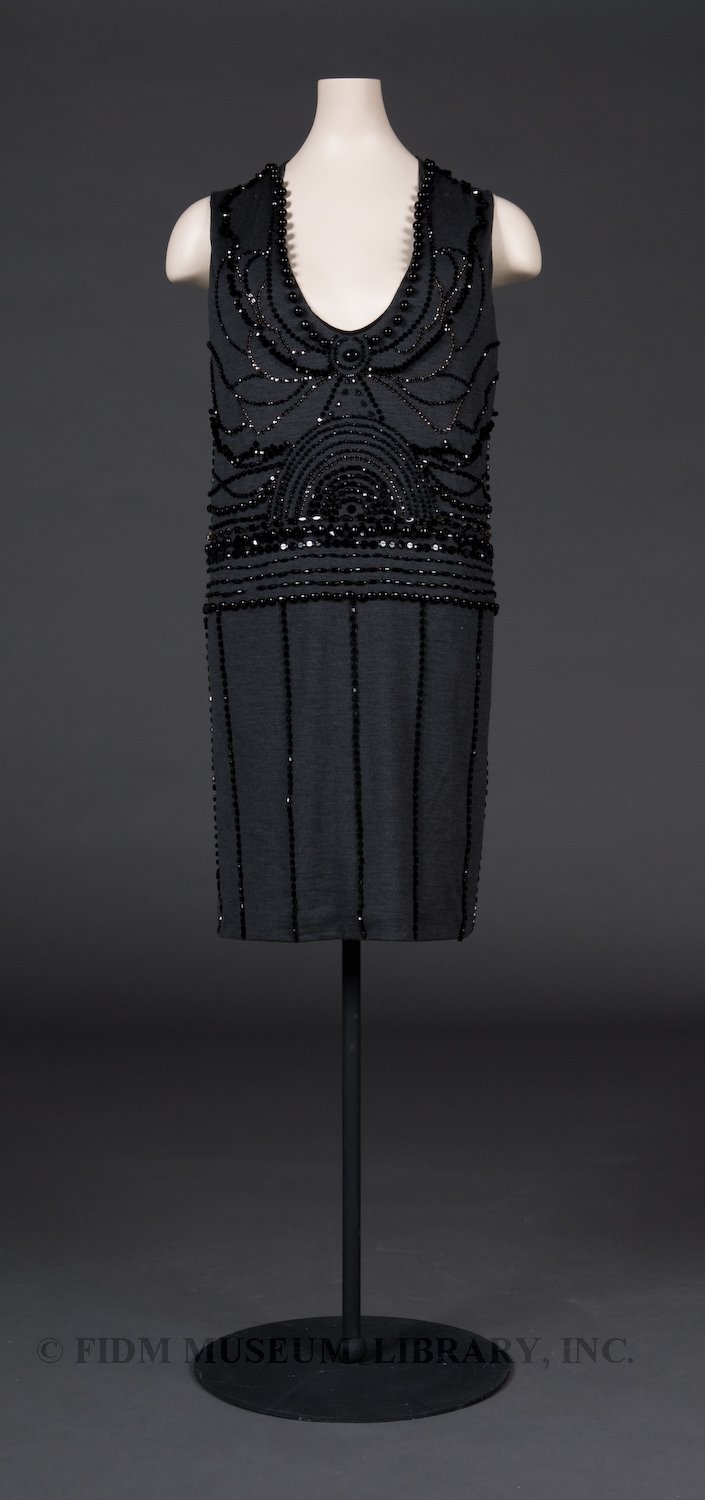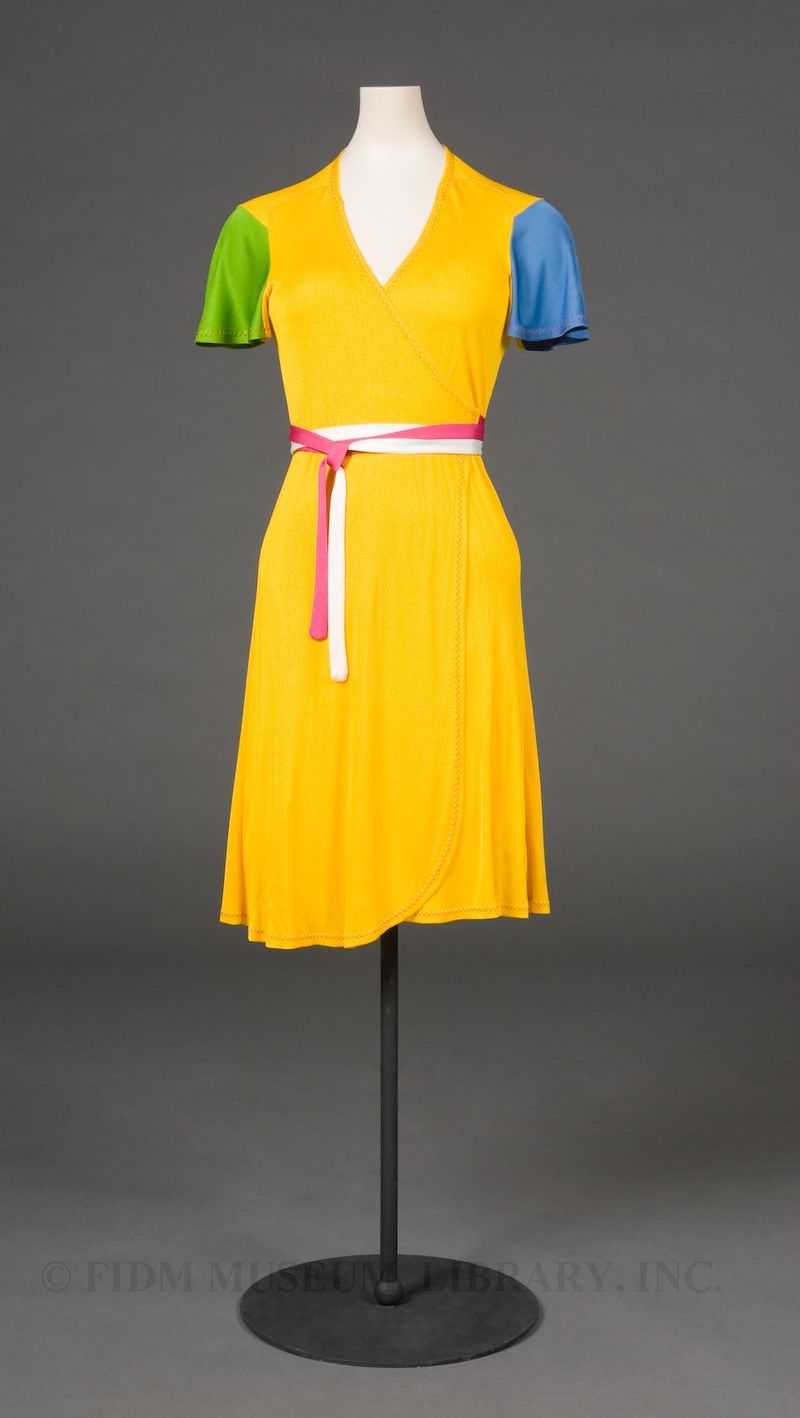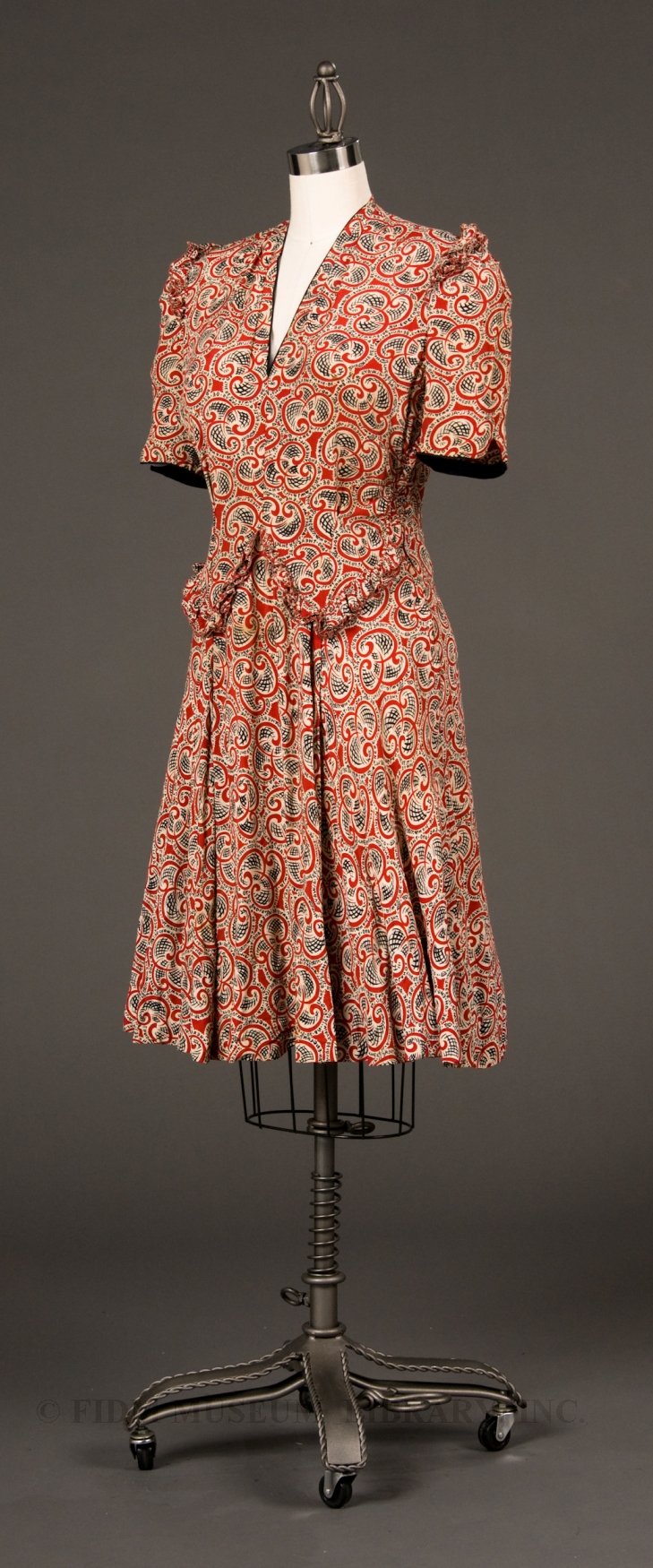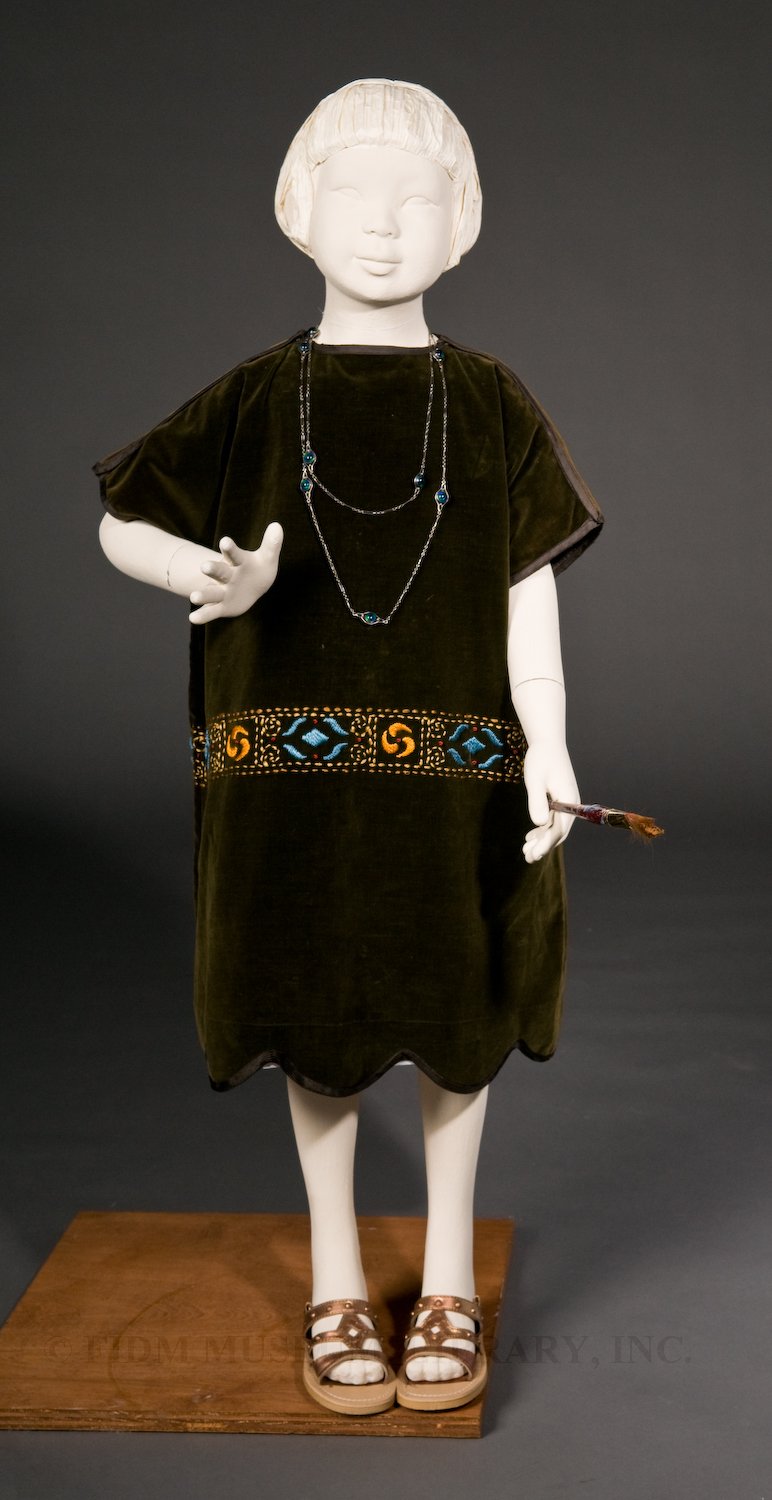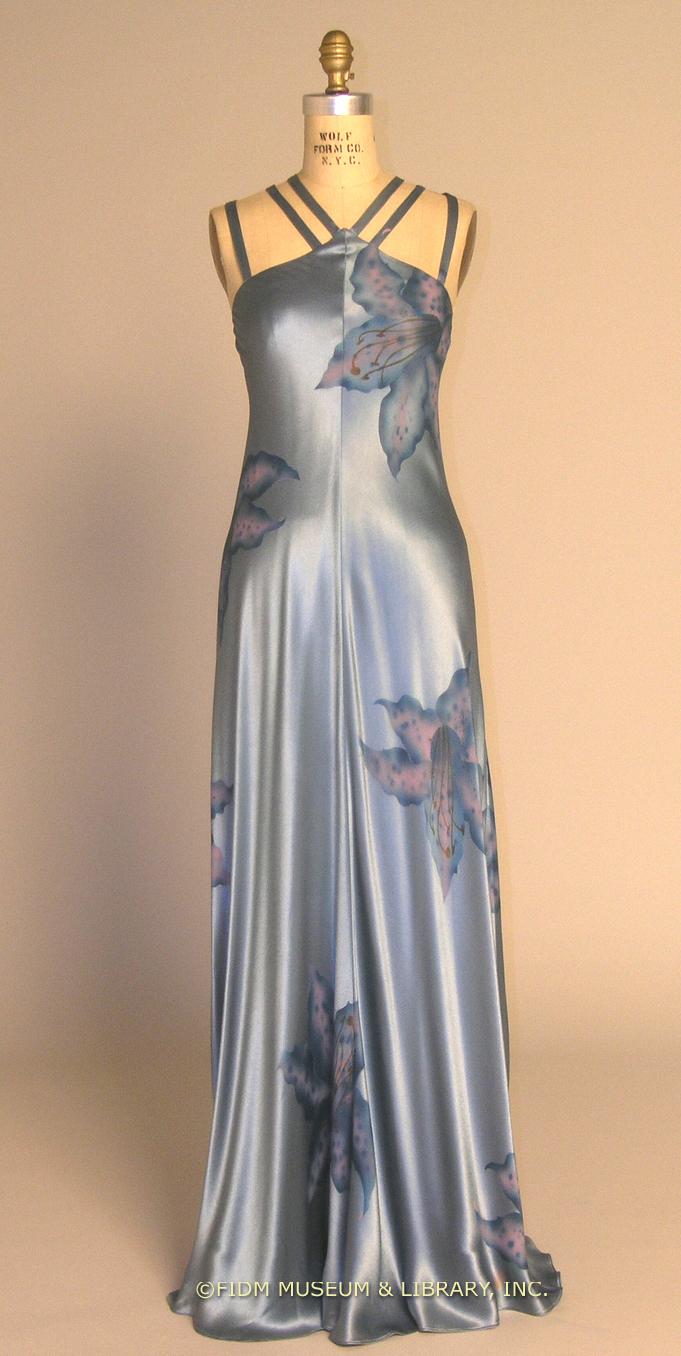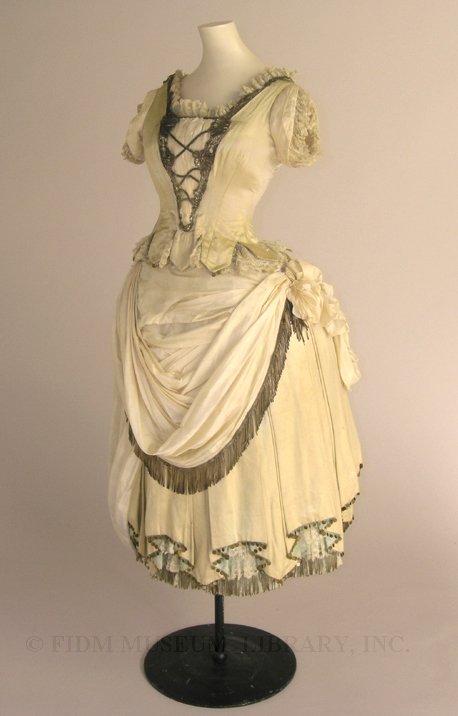This website uses cookies so that we can provide you with the best user experience possible. Cookie information is stored in your browser and performs functions such as recognising you when you return to our website and helping our team to understand which sections of the website you find most interesting and useful.
Popular conceptions of 1950s dress usually fixate on the defined waist and full skirt of Christian Dior's New Look. Though this silhouette dominated fashion for much of the decade, in 1957 a new shape appeared. Called the sack or chemise, this new dress... Read Article ››
Egyptomania
In late 1922, the British archaeologist Howard Carter unearthed and opened the sealed tomb of King Tutankhamun in Luxor, Egypt. Though Egyptian art and ornament had served as a source of artistic inspiration for many centuries, the discovery of King... Read Article ››
Howard Greer
Today's post on Howard Greer was written by costume historian Shelly Foote. From 1994-2004, Shelly worked with the Costume Collection at The National Museum of American History as the Assistant Chair in the Division of Social History. Retired since 2004,... Read Article ››
Lanvin
As designer for Lanvin since 2002, Alber Elbaz has brought new life to what had become a house on the periphery of fashion. Founded in 1885 as a millinery shop, Lanvin flourished under the direction of its founder, Jeanne Lanvin. Lanvin excelled in the... Read Article ››
Stephen Burrows
Stephen Burrows' first fashion show, held in 1970 at Henri Bendel in Manhattan, was accompanied by a disco soundtrack. In attendance were not only members of the fashion establishment, but also "hordes of boys and girls in brilliant plumage who... Read Article ››
Propaganda fashion
During World War II, raw materials were in short supply. Wool was needed for military uniforms and a shortage of rubber led to the near disappearance of athletic shoes. Silk stockings vanished, as silk fiber was needed in the production of parachutes.... Read Article ››
Marimekko
With its oversized imagery and brightly clashing colors, Marimekko textiles are unmistakable. The Finnish company began in 1951 as a textile design firm specializing in hand silk-screened cotton fabric. The patterns created by Marimekko designers were a... Read Article ››
Smocked frock
Between the 1750s and the late 19th century, rural Englishmen wore voluminous smocks when working outdoors. Usually made of rough homespun, most smocks had long, full sleeves and ended at mid-calf. Though entirely functional, smocks often featured decorative... Read Article ››
Bohemian dress for children
Bohemians were figures of both fascination and fun in the late 19th and early 20th centuries. A typical Bohemian was often artistically or politically inclined and was willing to step outside the bounds of conventional society. The highest Bohemian ideal was... Read Article ››
Holly’s Harp
Los Angeles based designer Holly Harp (1939-1995) began her fashion career in the late 1960s, designing theatrical, psychedelic clothing for iconic performers such as Janis Joplin and Grace Slick of Jefferson Airplane. Harp's early designs were in tune... Read Article ››
Crinoline silhouette
In the mid-nineteenth century, the fashionable female silhouette included voluminous, full skirts. To achieve the desired bell-like skirt shape, women relied on multiple layers of petticoats. These petticoats were usually made of linen, cotton or flannel,... Read Article ››
Fancy dress
Contemporary Halloween celebrations offer an opportunity for young and old to dress in costume, but in the 19th and early 20th century, Halloween was primarily geared towards children. Adults who wanted to dress in costume attended or hosted fancy dress... Read Article ››

